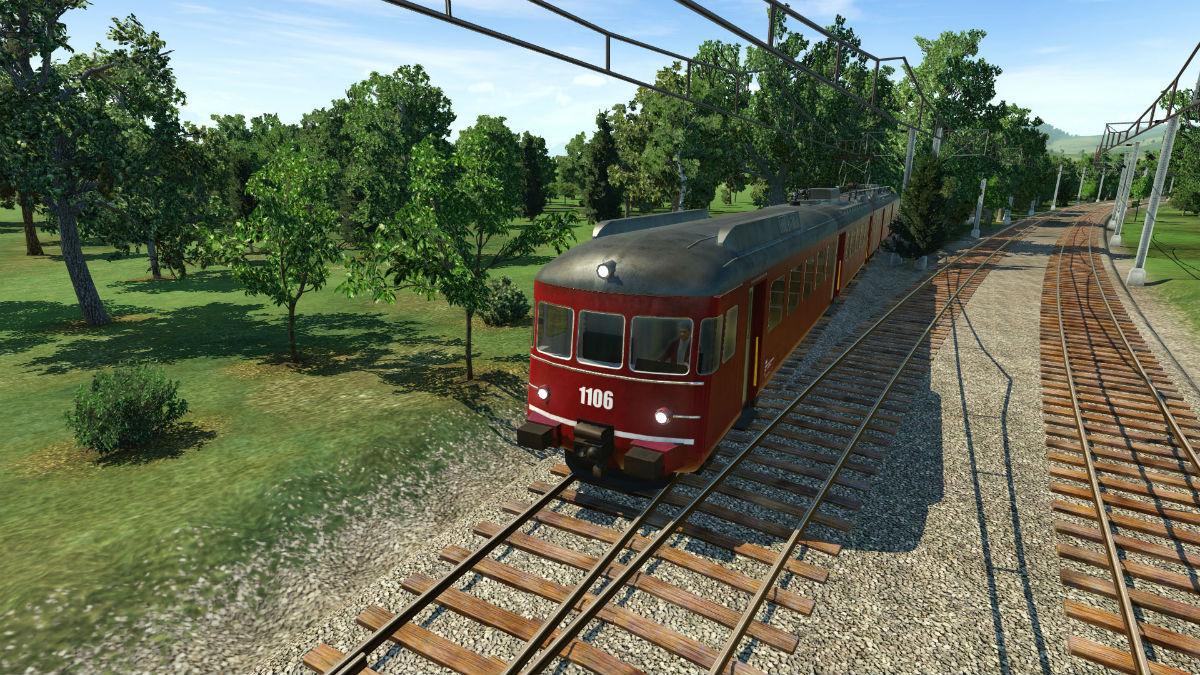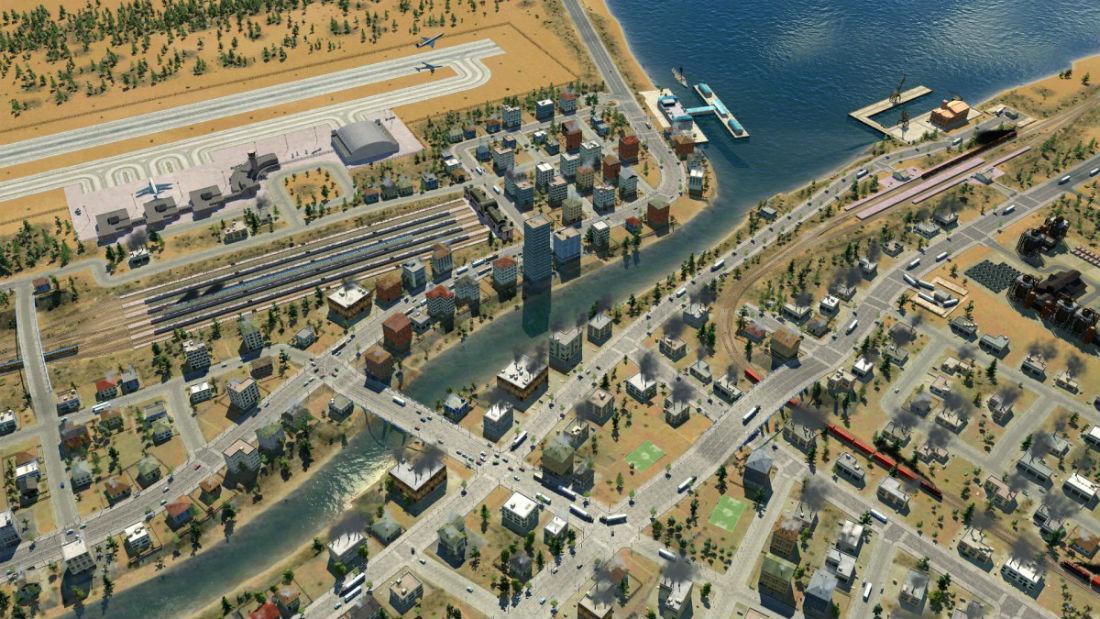- Remember to always connect the station to the road, no matter whether it is a port, airport or train station. Otherwise, the goods / passengers will not be able to reach the station and your vehicle will be put on hold.
- Unlike many similar games of this genre, especially the old ones, in Transport Fever not every transport needs maintenance. It is enough to have one warehouse to buy a car. The depot does not require any support.
- Resources, goods or passengers will appear at stations when creating the appropriate connections, which means that the destination must have a requirement for a specific product / cargo, and at the same time you need to assign the appropriate transport. Stations will start filling up after a certain amount of time has passed, about a month in the game. If your vehicles are still empty at the stations, this means that you made a mistake while setting up the route. Check if all the places you want are within your station!
- When working with road or rail transport, use the machines with the same maximum speed. Trains cannot overtake other trains, so faster vehicles will simply drag behind slower vehicles. When it comes to cars, in the current version, they cannot overtake in a straight road. If you choose the same models, they will always move with the same distance between themselves, which means that they will never block each other and will always move at maximum speed.
- Production Chains - Resources must reach the respective processing plant and then the production plant and then finally the city. For example, iron and coal must reach the iron processing plant, after which the steel must reach the tool mill, and the tools must be transported to the industrial area of the city. It is important that you do not stop at any point in the production cycle to create a complete chain of connections. If the goods are not transported to their destination, at some point the factories will stop working.
- Passengers - There are three zones in cities: residential, commercial and industrial. Every citizen has his own specific places that he wants to visit. Therefore, it will be much more effective to create one large line that covers all places than many small ones. If you are creating an intercity railroad, for example, it would be ideal to make an additional stop near the station and add it to the main city line.
- Speed and distance are critical elements. A truck that gets to your destination quickly will give you more money than a train that covers shorter distances, but at a slower speed.
- The game offers various types of transport. Cars are most efficient over short distances (low cost), while rail is better suited for longer routes. Likewise, ships are a great way to transport goods, however, they are quite slow, and there is not always water on the maps. Airplanes are only intended to carry passengers, but they are very fast, which often translates into increased profits.
- When building roads or railways, try to work out the easiest and possibly the shortest routes. The game will always try to keep a straight line between the starting point and the destination. If you are planning a very long section of the route, the game will force you to make high ramps, bridges or tunnels. All this is very expensive. You can avoid these costs by creating short sections of the route. You can save a lot of money, but it will take a little longer to reach your destination due to the winding road.



